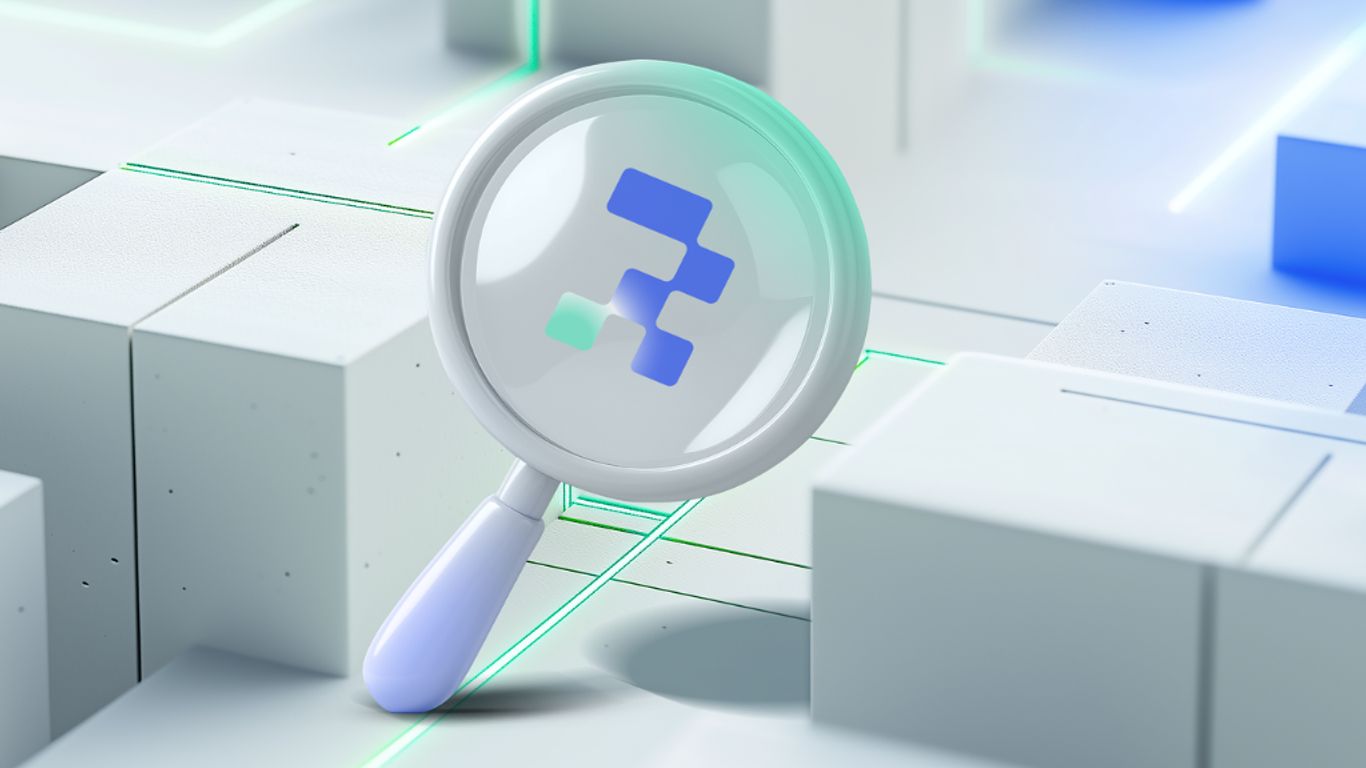The simultaneous launch of tokenized stock platforms by Robinhood, Kraken and Bybit in June 2025 can be described as sort of a turning point. Why? Tokenized securities are no longer an experiment. They're becoming market infrastructure.
Six months ago, tokenized stocks were a curiosity. Today, you can trade tokenized Apple shares on Solana, use them as DeFi collateral, and access private company exposure that was previously restricted to accredited investors. Robinhood's stock hit all-time highs after announcing tokenized OpenAI and SpaceX shares. Trading volumes on Backed Finance's platform exceeded $22 million within weeks of launch.
These aren't proof-of-concepts anymore. They're operating businesses with real users, real volumes and real regulatory oversight.
The Numbers Tell the Story
Boston Consulting Group projects the tokenized assets market will reach $18.9 trillion by 2033. Even their conservative estimate suggests $12.5 trillion. McKinsey sees $2 trillion by 2030. Standard Chartered goes higher: $30.1 trillion.
The projections vary, but the direction is clear. More importantly, the infrastructure is being built today. Franklin Templeton has tokenized U.S. Treasury funds live on public blockchains. UBS issued a $375 million digital bond on Ethereum. JPMorgan's Onyx platform processes billions in tokenized deposits.
These aren't startups experimenting. These are the largest financial institutions in the world deploying capital and resources.
Three Problems That Actually Matter
1. Liquidity Is Still Fragmented
Tokenized AAPL on Ethereum trades separately from tokenized AAPL on Solana. Each platform has its own order book, its own market makers, its own pricing. This fragmentation creates inefficiency and confusion.
The industry needs unified liquidity pools that aggregate across chains and platforms. Until that happens, spreads will remain wide and large trades will move markets more than they should.
2. The Regulatory Patchwork Creates Friction
The SEC says tokenized securities are still securities. That's clear. What's not clear is how tokenized securities should interact with DeFi protocols, how cross-border trading works, or what happens when traditional market hours end but blockchain markets continue.
Singapore's Project Guardian provides a model: clear rules, regulatory sandboxes and close collaboration between regulators and industry. The U.S. and EU are moving in this direction, but slowly. This uncertainty limits institutional participation.
3. The User Experience Remains Too Complex
Setting up a wallet, managing private keys, understanding gas fees, bridging between chains – these are barriers for mainstream adoption. Your CFO doesn't want to learn about seed phrases. They want to buy stocks.
The platforms that win will abstract away this complexity. Robinhood understands this, which is why they're building their own Layer 2. They're removing friction, not adding features.
What Happens Next
The infrastructure is largely built. The regulatory framework is taking shape. The institutions are engaged. Now comes the harder work: making tokenized securities boring.
Boring means reliable. Boring means predictable spreads and deep liquidity. Boring means your compliance team understands the risks and your operations team knows the workflows.
We're 18-24 months away from boring. When we get there, tokenized securities won't be a separate category anymore. They'll just be securities that happen to run on better infrastructure.
The winners won't be the platforms with the most features or the boldest vision. They'll be the ones that solve the three problems above: unified liquidity, regulatory clarity and simple user experience.
The Real Question
The question isn't whether tokenized securities will succeed. The infrastructure investments, regulatory engagement and institutional adoption make that outcome increasingly likely.
The question is which model wins. Do we get a world where every major exchange runs its own tokenization platform, fragmenting liquidity across dozens of venues? Or do we get standardized protocols that enable true interoperability?
My bet: we get both, then consolidation. The next 12 months will see continued proliferation of platforms. By 2027, we'll have 3-5 dominant protocols that everyone else builds on top of.
The companies positioning themselves as infrastructure - not just platforms - will capture the most value. That's why you see Backed Finance powering multiple exchanges rather than launching their own. That's why Tokeny's ERC-3643 standard matters more than any single implementation.
Watch the infrastructure players, not the platform launches. That's where the real game is being played.
Marko Vidrih is co-founder and COO at RWA.io. This column is for informational purposes only and does not constitute investment advice. Download the full research report "24/7/365 Stock Markets: The Tokenization Effect on Wall Street" atrwa.io/wallstreet-tokenized




